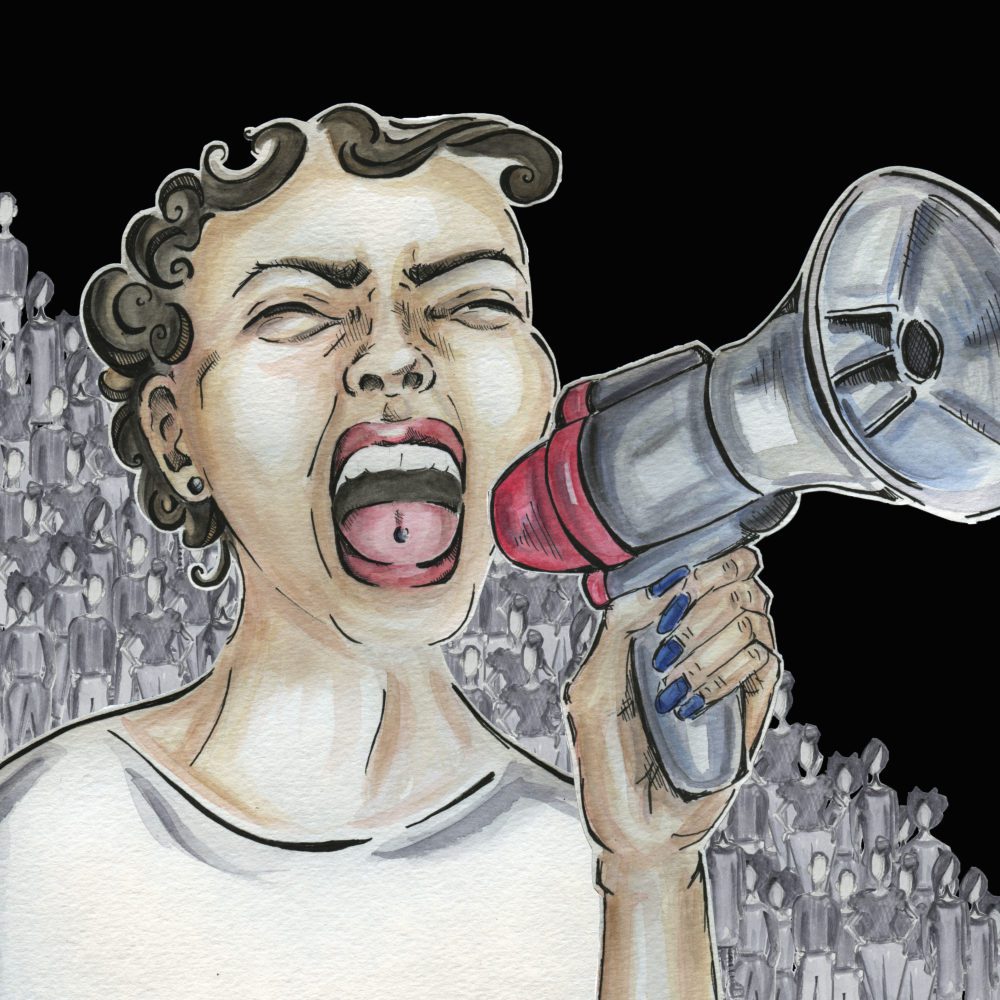
Who knew there were still roving bands of dancing hermaphrodites and eunuchs?
Even more surprising is the fact that hijira, as the gypsy-like middlesex is called in South Asia, are marginally accepted as a social group, even in conservative Pakistan. In a place where cultural tradition allows for honor killings, it seems surprising that gender-ambiguity is tolerated at all, especially as uninvited guests at the central ceremonial rite of patriarchal hegemony (that’s right; fancy words!):
In South Asia, hijra traditionally have made their living by dancing and singing for tips for weddings, the birth of sons and housewarmings, often walking a thin line between begging and extortion. They frequently show up uninvited and refuse to leave unless paid.
Many in this conservative society believe hijra have a direct line to God, a trade-off for their inability to procreate. So even as society has ostracized them, it’s also paid them amply, fearful of their curses, taunts and, in extreme cases, public display of genitalia at celebratory events.
The hijira’s semi-protected status is due to a belief that hermaphroditic birth means that it was God’s will. (Unlike the muxe in Oaxaca, hijira is not a lifestyle choice.) The real hijira heyday, though, was during the Moghul period, when some “eunuchs and hermaphrodites oversaw the harem, often becoming key advisors.” Since then, their precarious societal position has been eroding, especially in the Islamic Republic of Pakistan, which is why it was seen as a victory that the country’s supreme court decided to protect hijira from police harassment, give them a separate gender category on ID cards, and be allowed to inherit property. Not sure if that’s enough to stave off the ascendant Taliban in Pakistan.
The hijra say they feel especially vulnerable when it comes to the Taliban, which decries singing, dancing and open displays of femininity. “We are most afraid of them,” one of the hijira says in the article. “We’re sparrows of paradise, and they don’t like us.”




